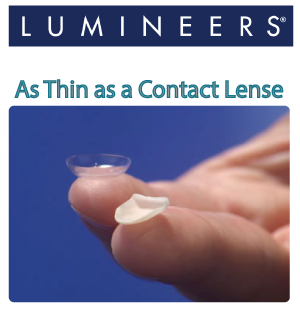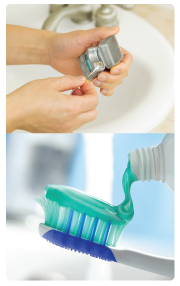 Porcelain Veneers
Porcelain Veneers
Porcelain veneers can revitalize your smile, very quickly. If your teeth are chipped or stained, include an unsightly gap, or have been ground down, and you are ready for a change, you should consider a Smile Makeover. In just one week, you can look years younger with beautiful, custom porcelain veneers from Pasadena Family, Cosmetic, and Implant Dentistry.
Patients who are considering porcelain veneers are typically looking to address multiple structural or cosmetic issues with their teeth, such as:
- chipped tooth/teeth
- cracks in teeth
- gaps between teeth
- correcting crowded teeth
- stained or discolored teeth
Process for Porcelain Veneers:
- Consultation & Evaluation – You will first need to meet with one of our highly-skilled and experienced cosmetic dentists for an initial consultation and evaluation. During this appointment, your dentist will examine your teeth to make sure dental veneers are appropriate for you and discuss what the procedure will involve and some of its limitations. We may also need take X-rays and possibly make impressions of your mouth and teeth.
- Diagnostic Wax-Up – In most cases, a diagnostic wax-up is indicated to allow us to better evaluate and predict the final outcomes you can expect of your smile makeover. Using wax, a mock-up of your final smile will be completed so you can see how much the appearance of your teeth can be improved
- Preparation – On your next visit to your dentist, he/she will remove about 1/2 millimeter of enamel from the tooth surface, which is an amount nearly equal to the thickness of the veneer to be added to the tooth surface. A use of a local anesthetic may be used to numb the area before the enamel is trimmed off. Then your dentist will make a model or impression of your tooth to send out to a dental laboratory which will be constructing your veneer. This process usually takes 1 to 2 weeks for your dentist to receive the veneers back from the laboratory.
- Bonding – Before the dental veneer is permanently cemented to your tooth, your dentist will temporarily place it on your tooth to examine its fit and color. He or she will repeatedly remove and trim the veneer as needed to achieve the proper fit; the veneer color can be adjusted with the shade of cement to be used. Next, to prepare your tooth to receive the veneer, your tooth will be cleaned, polished, and etched — which roughens the tooth to allow for a strong bonding process. A special cement is applied to the veneer and the veneer is then placed on your tooth. Once properly position on the tooth, your dentist will apply a special light beam to the dental veneer, which activates chemicals in the cement, causing it to harden or cure very quickly. The final steps involve removing any excess cement, evaluating your bite and making any final adjustments in the veneer as necessary. Your dentist may ask you to return for a follow-up visit in a couple of weeks to check how your gums are responding to the presence of your veneer and to once again examine the veneer’s placement
Alternative to Porcelain Veneers:
 Lumineers
Lumineers
Lumineers are the most popular of what are called minimal preparation and “no-prep” ceramic veneer options. The difference in these types of veneers is that they typically do not require the dentist to grind, cut down, or file any tooth structure for proper placement. Additionally there is no need for shots because Lumineers do not require any drilling of sensitive teeth structure. Lumineers last over 20 years with proper care, and allow you to eat and drink whatever you want. Additionally Lumineers, unlike traditional veneers are reversible because there is no penetration into the layer of tooth substance beyond the enamel.



